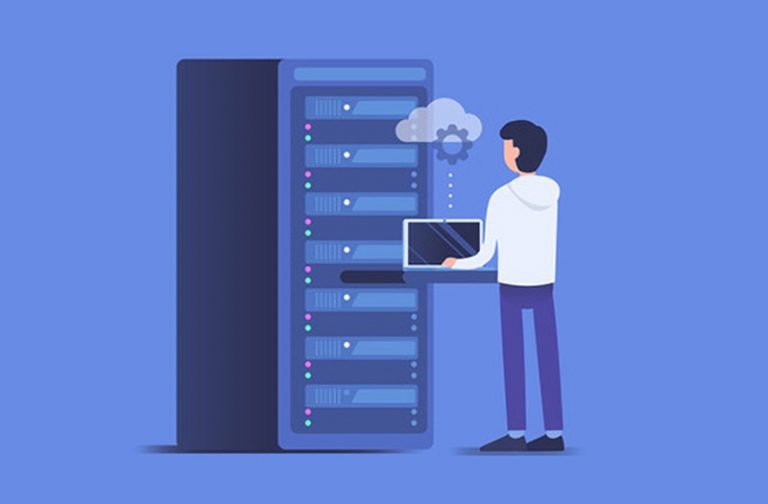Would you like to start running a business more effectively but still you have lack resources? Are you ready for using more acceptable and progressive ways during intrusive workflow? If it is actually for your corporation and you are ready for using more progressive ways during daily usage, we want to inform you that you are on the right track. Following further recommendations, you are going to get the leading information on how to work with them in the most effective ways. Let’s start having more applications that are beneficial in day-to-day usage.
As flexibility and communication during intensive workflow are the main aspects that should be focused on in selecting the most practical tools, it is necessary to be cautious about their advantages and disadvantages. Such technologies as virtual data rooms and particular data rooms for dealmakers are the most advanced and protected among others. With a virtual data room, it can be possible to forget about hackers’ attacks and other threats that are negative factors going to incredible lengths. Furthermore, with a virtual data room, every document will be in a short period reached, which is crucial for dealing with specific projects. For workers, it will be possible to securely transform with other materials. Other data rooms for dealmakers are used for conducting a wide range of meetings that are necessary for discussion every moment. With this practical tool, there will be no limits and even misunderstands with every team member as they will have everything that is needed for continued work. Also, such gatherings can be organized with clients, other corporations, investors, etc for running more intensive cooperations and having mutual understandings for further business processes.
How to make informed choices
Nevertheless, with such applications, it has occurred another moment that most business owners are hesitating. It is all about data room services with virtual data rooms provider that have dissimilar functions and influence. In this case, it is offered to spend more time and analysis with tools that are the most beneficial for daily usage. They have to be secure and efficient platforms for managing sensitive documents and facilitating business deals, ensuring confidentiality, compliance, and effective collaboration among involved parties. Especially data room services should be practical for managing, sharing, and managing critical information, facilitating due diligence processes, mergers and acquisitions, fundraising activities, and other confidential business activities. Besides, to get only beneficial impacts, it is essential to assess business requirements, evaluate different software options, and select a solution that aligns with the organization’s goals and processes.
In all honesty, this information shows a wide range of methods on how to be on the right track and get the most in-depth information, that is possible to get in a current business environment. For more practice and abilities for being more confident in business processes, follow this link https://virtualdata-rooms.com/ with the help of which there will be no hesitations.




